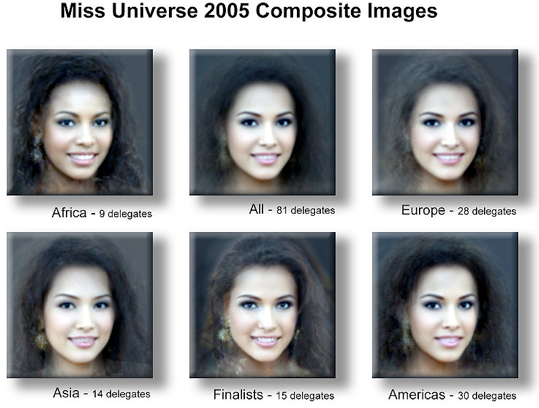FACIAL ATTRACTIVENESS
The face is a combination of distinct features and characteristics that make us all unique. It is the first thing noticed by others as the primary aesthetic unit of the body, and it is a key factor in all stages of human courtship. Facial features play a huge role in confidence, self-esteem and identity as we associate beauty with our positive qualities. Psychologists have shown that people with ‘attractive’ faces are often perceived as intelligent, friendlier, healthier, and even superior in their skills. They are more likely to be hired, promoted and well looked after.
We unconsciously process facial attractiveness based on 4 key elements
- Facial proportion – this is the overall mathematical balance of the face and its features
- Skin Uniformity – this includes skin texture, tightness, and evenness of pigmentation
- Symmetry – we naturally gravitate towards things that are neat, orderly, and symmetrical
- Averageness – those considered to look ‘normal’
As well as the face, the hair framing it and the teeth set in your smile are extra features that also contribute to the level of attractiveness.
Youthfulness is sometimes considered the 5th element but is not always relevant, as we often find older men, or ‘silver foxes’, more attractive.
Youthfulness is generally characterised by a smooth texture and even colouration of the skin. Higher points on the face such as the forehead, cheekbones and chin reflect light whilst shadows in the contours of the face accentuate the highlighted areas. A younger face will have light and shade in the correct locations on the face, with soft transitions between the areas. The top of the face also has more volume than the bottom as the tissues haven’t migrated yet and the skin hasn’t sagged. Comparisons with old photographs make this concept plainly evident.
The structure and organisation of skin, muscle, fat and bone determine what the face looks like. These anatomical elements in 3D are appreciated as youthful ‘arcs of convexity’. An older face, with these convex arcs properly recreated, can give the illusion of looking several years younger.









